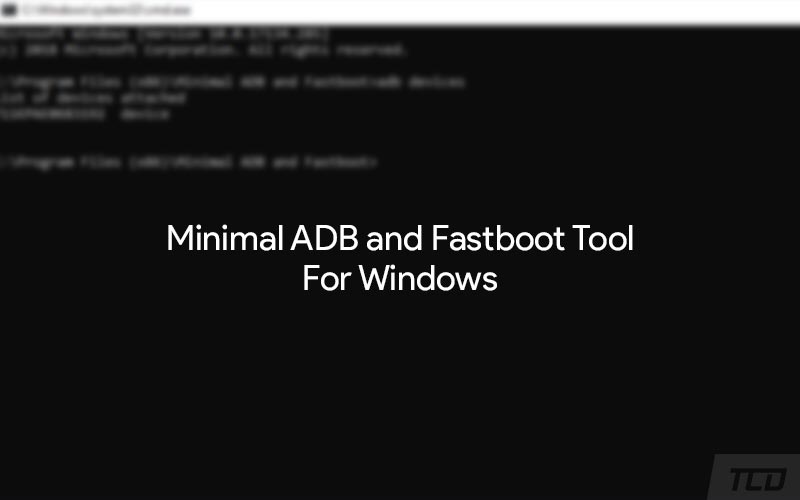

It’s not just about what you’re installing, it’s also about how you access it and how you keep it updated.īeginner Method: Minimal ADB & Fastboot Toolsĭouble-click the file we just downloaded to begin the installationĬustomize where you want to install your ADB & Fastboot tools There are many approaches to the task so you will want to choose the one that is suited to you. I tend to recommend the beginner option as it gives you a desktop shortcut to click on anytime you want to use ADB.Īlthough, you may want the full install as you plan on using Android Studio to develop your own application. Since this file gives us deeper access to the Android operating system, they are able to get information about battery usage, performance, and more.

It could be a custom kernel they’re working on or a brand new application/game. Just as I said, most developers will use the file, ADB.exe, to debug whatever type of code they are working on. Android application, kernel, and ROM developers use it for debugging code but we can use it to access core features of the Android OS as well. You may be asking yourself, what does ADB stand for? It’s a fairly common term among the Android community but one that the “average” customer doesn’t know about. Google provides the core ADB and Fastboot tools software to the community. You may be wondering what these tools are and who makes them. This can be changed to any value you choose (set it to 1 second, or 24 hours if you want) but it does require that you install ADB on your PC before you can execute the required Command Prompt command. The process isn’t as easy as clicking or tapping on graphical user interface elements and typing just one thing wrong can, in some cases, completely mess up what you were initially trying to do.

I understand that a lot of people are put off when they think of typing text into a command prompt. We can do change things with the Android OS over the command prompt as well, but first, you need to have ADB and Fastboot tools installed. These are generally called “user-facing features” as they are what the OEM presents to us in the firmware. Most of us interact with our smartphones through one method: tapping the screen.


 0 kommentar(er)
0 kommentar(er)
